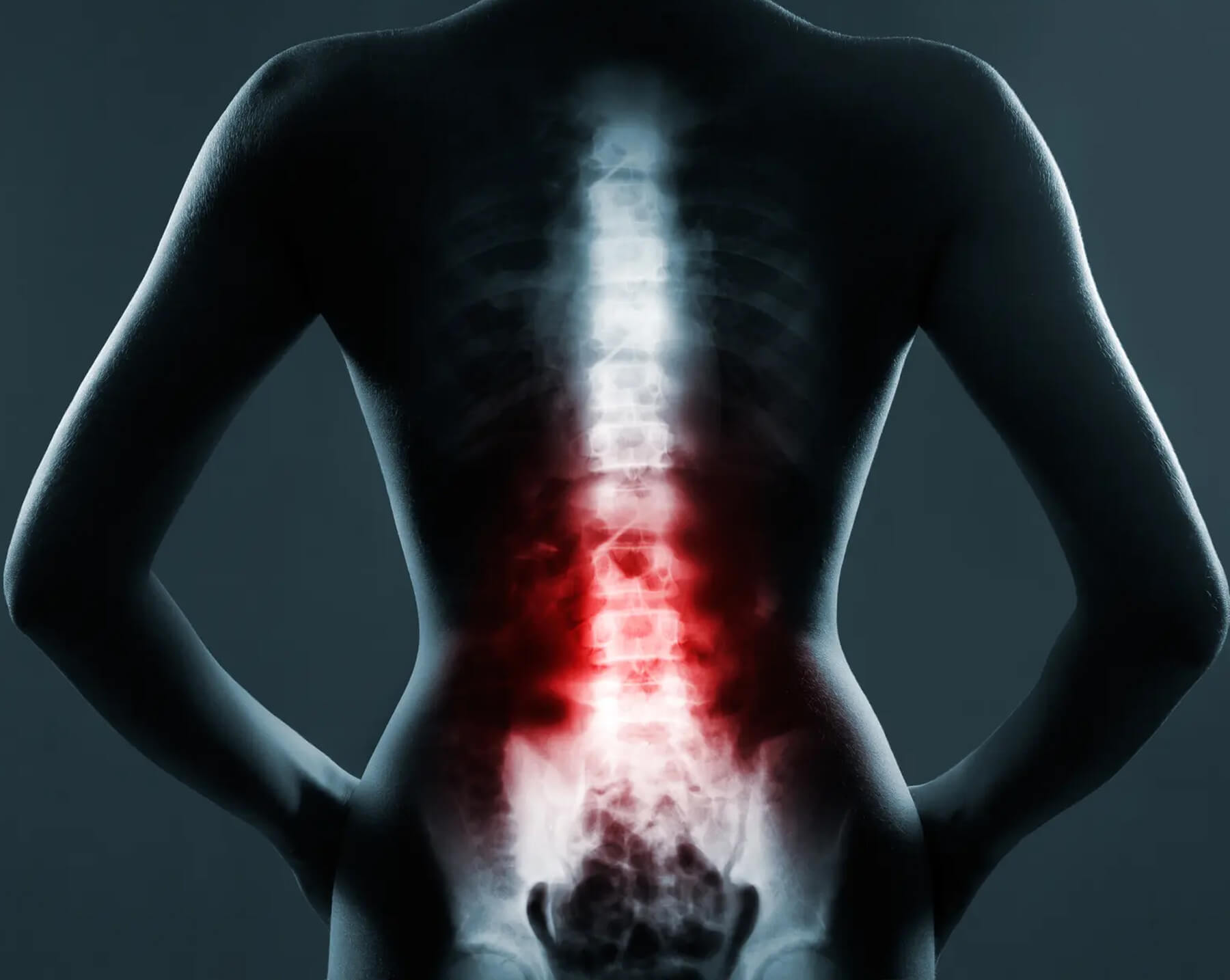

Our ServicesThoracolumbar Spine Infections
Infections of the spine, particularly in the thoracolumbar region, are rare but potentially serious medical conditions. This area, where the thoracic spine meets the lumbar spine, is a critical transition zone responsible for supporting body weight and maintaining spinal flexibility. When an infection affects this region, it can lead to pain, neurological deficits, and even permanent damage if not diagnosed and treated promptly.

What Is a Thoracolumbar Spine Infection?

A thoracolumbar spine infection involves the presence of bacteria, fungi, or other pathogens in the vertebrae (osteomyelitis), intervertebral discs (discitis), or surrounding tissues. The infection may develop spontaneously or as a result of another illness, trauma, or surgical procedure.
When conservative  care needs
care needs
a specialist’s touch.
touch.
Common Causes
Spinal infections can occur due to:
- Hematogenous spread: Bacteria or fungi travel through the bloodstream from a distant infection (e.g., urinary tract infection, pneumonia).
- Direct inoculation: Following spinal surgery or injections.
- Contiguous spread: From nearby infected tissues.
- Immunocompromised state: Conditions like diabetes, HIV/AIDS, cancer, or use of immunosuppressive drugs increase the risk.
Common pathogens:
- Staphylococcus aureus (most common)
- Mycobacterium tuberculosis (in spinal TB)
- Gram-negative bacteria
- Fungal organisms (especially in immunocompromised patients)
SymptomsThoracolumbar spine infections often develop gradually and may be misdiagnosed early. Common symptoms include:
Persistent back pain (not relieved by rest)
Fever and chills
Localized tenderness or swelling
Weight loss and fatigue
Neurological deficits like numbness, weakness, or even paralysis (if the spinal cord or nerves are compressed)
DiagnosisEarly and accurate diagnosis is crucial to prevent complications. Diagnostic tools include:
Blood tests: Elevated ESR, CRP, and white blood cell count.
Blood cultures: To identify the causative organism.
MRI with contrast: Most sensitive imaging technique for detecting infection, abscesses, and spinal cord involvement.
CT scan or X-rays: Helpful in assessing bone destruction.
Biopsy: CT-guided or surgical biopsy to confirm the diagnosis and identify the specific pathogen.
Treatment Options
01.
Non-Surgical Treatment
- Antibiotics or antifungals: Tailored based on culture results; treatment usually lasts 6–12 weeks or longer.
- Immobilization: Use of braces or orthoses to limit movement and promote healing.
- Pain management: NSAIDs, analgesics, and sometimes corticosteroids.
Recovery and RehabilitationRecovery from a thoracolumbar spine infection can be slow and requires a multidisciplinary approach. It often includes:
Regular monitoring through imaging and blood tests
Physical therapy to regain strength and mobility
Nutrition and immune support
Long-term follow-up to monitor for recurrence
Prevention TipsWhile not all spinal infections are preventable, risk can be reduced by:
Managing chronic illnesses like diabetes
Practicing good hygiene and infection control during invasive procedures
Avoiding unnecessary spinal interventions
Seeking timely medical care for infections anywhere in the body
Final Thoughts
Thoracolumbar spine infections are serious but treatable conditions. Awareness of early symptoms, especially persistent back pain with fever, is vital. With early diagnosis, appropriate antimicrobial therapy, and timely surgical intervention when necessary, patients can achieve full recovery and prevent long-term complications.

